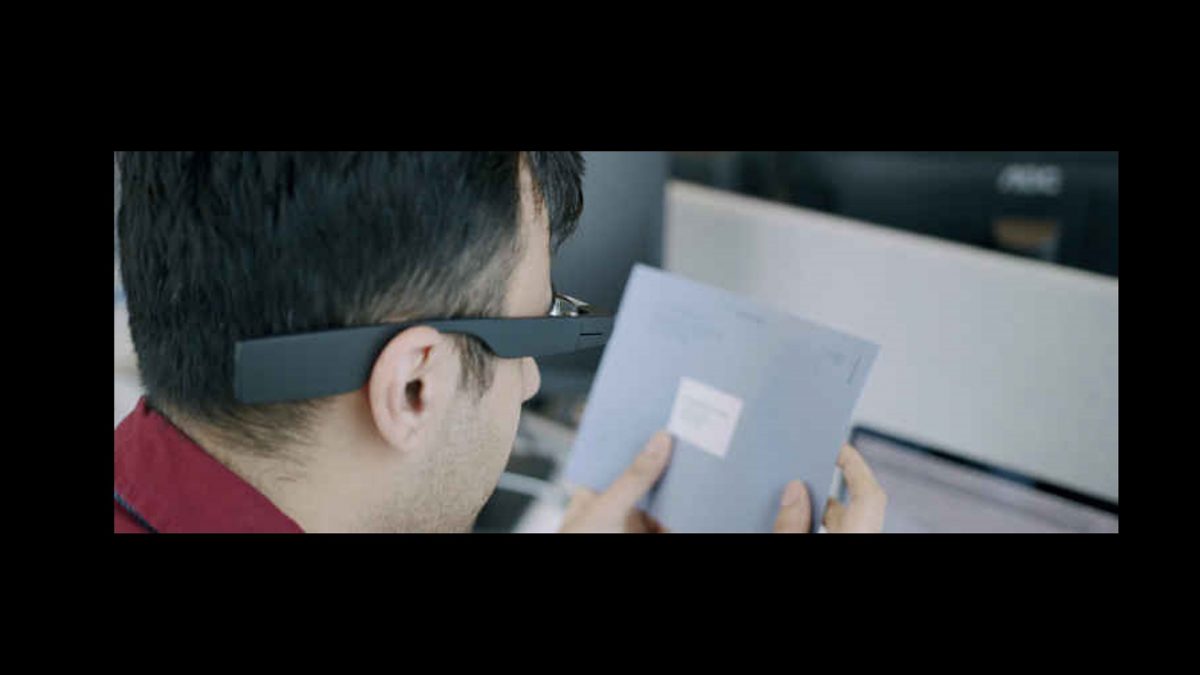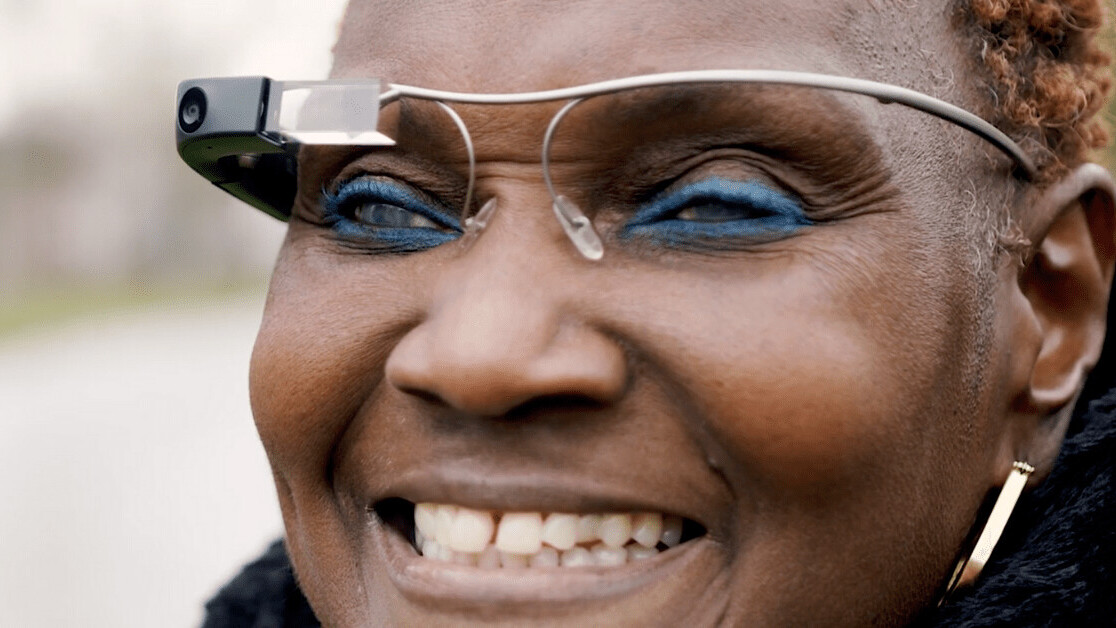OCR Devices for the Blind: Breaking Barriers with Optical Character Recognition
Empowering Freedom With Assistive Modern Technology for the Blind
The combination of assistive technology for people that are aesthetically damaged or blind stands for a significant innovation in cultivating self-reliance and enhancing top quality of life. With a series of tools-- from screen visitors to cutting-edge responsive devices-- these modern technologies not only facilitate navigating and interaction yet additionally promote social inclusion and involvement in different aspects of life. As we discover the varied kinds of assistive devices and their real-world applications, it ends up being clear that the effect is extensive. Yet, the evolution of this innovation increases critical concerns regarding accessibility and future growths that warrant more assessment. Assistive technology for the blind.
Recognizing Assistive Innovation
Although assistive innovation has actually developed dramatically over the years, its basic objective stays the very same: to improve the quality of life for people with handicaps, especially those who are aesthetically damaged or blind. This technology includes a broad series of tools and tools that assist in self-reliance and functionality in everyday tasks.
Assistive modern technology can be categorized into state-of-the-art and low-tech options, each created to meet details requirements. High-tech tools commonly include software applications, specialized equipment, and adaptive devices that make use of advanced technology to offer support in various contexts. On the other hand, low-tech solutions may include everyday products that are modified to enhance access, such as magnifiers or responsive pens.
The combination of assistive innovation right into the lives of individuals who are blind or visually harmed not just promotes freedom but additionally fosters social incorporation and participation in professional and academic atmospheres. By leveraging these modern technologies, users can navigate their environments, access info, and communicate efficiently, thereby improving their general top quality of life. Understanding assistive technology is critical for advocates, caregivers, and professionals who aim to sustain individuals in maximizing their prospective and attaining higher freedom.
Kinds of Assistive Devices
Assistive gadgets for the blind and aesthetically impaired are crucial tools that improve daily obeying resolving specific obstacles experienced by users. These gadgets can be extensively categorized into three major kinds: optical tools, digital gadgets, and sensory gadgets.

Sensory devices, such as Braille display screens and tactile maps, give different ways to obtain info. Braille displays transform electronic message into Braille, enabling individuals to go through touch. Tactile maps use spatial understanding via increased textures and lines, enabling for far better environmental understanding.
With each other, these assistive devices equip people with aesthetic impairments to involve even more fully with their surroundings, promoting higher independence and self-confidence in everyday activities.

Impact on Life
The integration of assistive technology right into the lives of individuals that are aesthetically impaired or blind substantially enhances their ability to communicate and navigate with the globe around them. Instruments such as screen readers, Braille shows, and mobile applications assist in access to info, allowing users to involve with digital web content, communicate efficiently, and handle daily jobs separately.
Moreover, innovations like you could try these out clever glasses and navigation applications offer real-time aid in unfamiliar environments, improving flexibility and self-confidence. These tools enable individuals to identify challenges, read signs, and even recognize faces, thus cultivating a feeling of autonomy in public areas. Additionally, home automation systems, which can be managed with voice commands, enable people to handle their living settings better, improving comfort and safety.
The influence of assistive technology prolongs beyond sensible tasks; it advertises social inclusion and emotional well-being. By bridging the void between individuals and their environments, these modern technologies equip individuals to take part fully in community tasks, pursue academic chances, and take part in purposeful connections. Inevitably, the advancement of assistive innovation contributes in redefining the opportunities for individuals who are visually impaired or blind, leading to a much more available and comprehensive culture.
Success Stories and Testimonies

An additional effective review comes from Mark, a recent college grad that utilized screen analysis software application throughout his academic journey. This innovation allowed him to access program materials and take part in discussions, inevitably leading to his effective change right into the labor force. Mark debts assistive modern technology for encouraging him to achieve his job goals, emphasizing its duty in leveling the playing field for people with visual impairments.
Additionally, area centers have reported boosted engagement in their programs thanks to the introduction of accessible digital platforms. These platforms have made it easier for individuals to attach, share sources, and support one an additional. These success tales collectively highlight the extensive effect of assistive innovation in promoting freedom, enhancing high quality of life, and breaking down barriers for the aesthetically impaired and blind area.
Future Trends in Assistive Tech
Arising technologies are poised to change the landscape of assistive technology for people that are blind or aesthetically damaged. Advancements in synthetic intelligence (AI) and maker knowing are enhancing the capacities of tools, making it possible for even more instinctive customer experiences. AI-driven applications are increasingly able to check out and acknowledge items message aloud in real-time, official website giving individuals with important info about their environments.
In addition, improvements in wearable modern technology are creating brand-new possibilities for independence. Smart glasses equipped with enhanced reality features can overlay vital info onto the customer's visual field, promoting navigation and communication with the environment. The integration of Web of Things (IoT) tools is simplifying accessibility in clever homes, permitting users to control home appliances and receive alerts with voice commands or responsive interfaces.
The advancement of braille displays and tactile feedback systems is additionally rising, promoting access to electronic content and improving communication. As these technologies over at this website continue to advance, they promise to improve daily living, instructional opportunities, and work leads for people with visual problems. Constant collaboration in between technologists, customers, and advocacy teams will be crucial in making certain these technologies meet the demands of the area successfully.
Verdict
Finally, assistive technology plays a pivotal role in boosting the independence of people who are blind or visually impaired. By providing essential tools and resources, these modern technologies facilitate boosted accessibility, navigating, and interaction to details, consequently fostering autonomy and positive self-image. The transformative influence of assistive gadgets not just promotes reliable communication with the atmosphere but also urges social incorporation and engagement in various facets of life, ultimately empowering customers to grow within their areas.
The integration of assistive innovation for people who are blind or aesthetically damaged represents a substantial development in cultivating independence and improving high quality of life.The assimilation of assistive modern technology right into the lives of individuals who are blind or aesthetically impaired not only promotes freedom however likewise promotes social addition and involvement in expert and educational environments. Ultimately, the innovation of assistive technology is critical in redefining the possibilities for individuals who are blind or aesthetically damaged, leading to an extra available and inclusive society.
Lots of individuals who are blind or visually damaged have actually shared inspiring success tales that highlight the transformative impact of assistive technology on their lives.In conclusion, assistive modern technology plays a critical duty in boosting the freedom of individuals who are aesthetically impaired or blind.